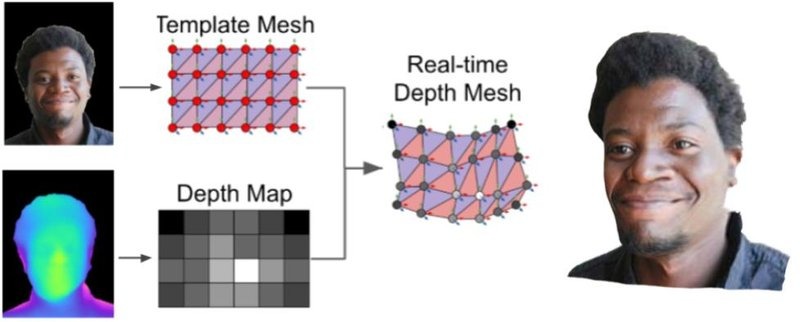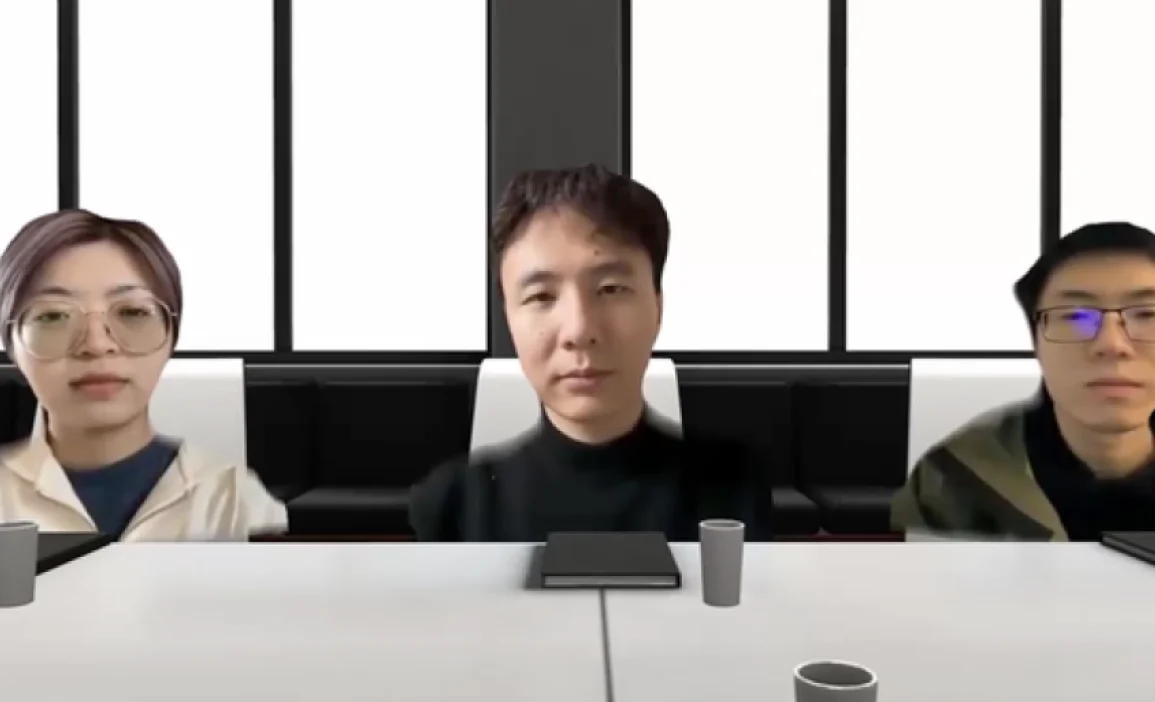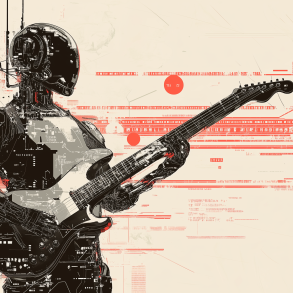Video calls have become a staple of the hybrid work environment, particularly among creatives engaging with clients. While innovations such as monitors with integrated webcams aim to enhance this experience, Google’s new venture into 3D avatars for video conferencing is stirring mixed reactions, with some citing “uncanny valley” concerns.
Google is developing an augmented reality tool named ChatDirector, which uses AI to generate realistic 3D avatars that some liken to ’90s video game graphics. This prototype, featured on Google’s research site, constructs a 3D portrait from a user’s scanned face, positioning it on an avatar body within a virtual setting. The technology promises to make meetings more “immersive and dynamic” by automatically adjusting the camera angle to simulate eye contact with the current speaker.

During a demonstration at the CHI Conference on Human Factors in Computing Systems, Google showcased a variety of virtual environments, including a war room set in a virtual dungeon. However, the footage revealed glitches and somewhat eerie avatars, drawing comparisons to the avatars used in Meta’s Metaverse, reminiscent of early PlayStation visuals.
Despite this being a prototype not intended for immediate release on platforms like Google Meet, public reactions have been notably critical. Comments on the social media platform X included sharp critiques such as, “Wow you managed to do worse than Meta somehow,” and humorous jabs like, “Rare called and they want their source code for GoldenEye 64 back.” Another user remarked, “Google just created Teams, but made it horrible.”
While tech giants like Microsoft, Meta, and Google are betting on the future demand for virtual conference technology, the potential success hinges on significant improvements in the technology. Considering the speed at which AI tools are being developed, however, we wouldn’t be surprised if a much smoother and more engaging user experience is on the horizon with these kinds of virtual avatars, offering a more immersive and engaging meeting experience that can drive creativity, productivity, and connection.









